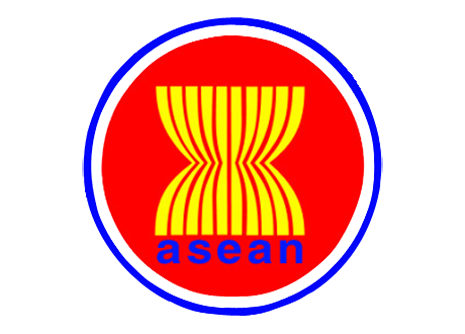The recent weakness in regional currencies has triggered debates whether ASEAN will become the manufacturing powerhouse in the world because of the lower cost. HSBC Global Research said since the early 2000s, ASEAN has increasingly positioned itself as a destination for companies seeking to diversify investment from other parts of Asia, where labor costs have been increasing at a fast pace. In fact, ASEAN received the lion`s share of total foreign direct investment (FDI) inflows in Asia in 2013.
The 2014 Overseas Business Survey of JETRO (Japan External Trade Organization) showed that this trend can be partly explained by Japanese firms relocating some of their production to ASEAN nations.
Japanese firms continue to see ASEAN in a positive light and the region will likely continue to be a compelling investment destination despite slowing growth. FDI in the form of new production facilities helps to create employment, develop industries, and increases export revenues if goods are also made for overseas markets, as is usually the case. FDI in the form of mergers and acquisitions can bring in overseas know-how such as management and technology in a cost-effective way that helps lift productivity.
However, Capital Economics, the independent macroeconomic research firm, said ASEAN faces a few challenges as it looks to establish itself as a manufacturing powerhouse. While FDI from countries outside the 10-member ASEAN is growing, FDI between ASEAN economies is relatively low. ASEAN countries accounted for 20 percent of total FDI inflows into other member economies between 2011 and 2013, much less than the 48 percent of FDI inflows in the European Union.
The proliferation of non-tariff barriers could be one reason why ASEAN`s intra-regional FDI as well as Intra-regional trade are relatively low. There is only around 25 percent of ASEAN`s total trade done among the member economies of the bloc, compared with around 65 percent in the EU.
This is in part because ASEAN itself is a smaller market than the 28-member EU, but more due to non-tariff barriers across the region. The Philippines, which has most restrictive FDI regulations, attracts the least FDI from other ASEAN economies. Indonesia has applied quite a few non-tariff barriers, with a high- profile ban on exports of mineral ores in 2014 to encourage mining firms to establish processing operations in the Southeast Asia`s largest economy.
Another important disadvantage is ASEAN`s poor infrastructure, which Capital Economics said makes it relatively difficult to transport goods within the region. The World Bank`s Logistical Performance Index measures the timeliness of shipments in reaching a destination within the scheduled or expected delivery time. With the key exception of Singapore, ASEAN performs poorly by the criteria.
The third challenge for the region to overcome is the lack of labor mobility. Capital Economics pointed out without freedom of movement of cheap labor from least-developed member economies to work in factories in more-developed member countries, ASEAN would struggle to become a strong workshop of the world.
More about:
















































